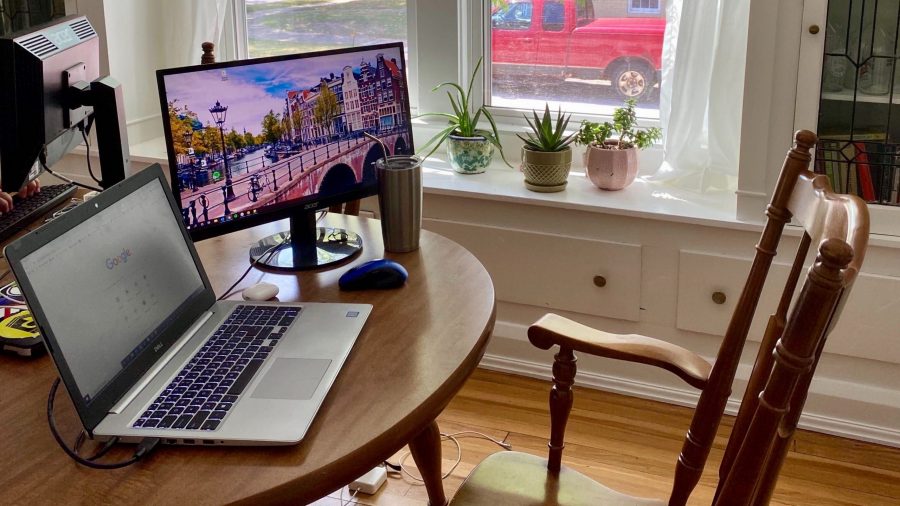It might be a near-daily occurrence now. But have you ever wondered about the history of conference calls? It probably traces back further than you think. In this article, we’ll look back from the birth of communications to the bright future of conference calls as we consider the history of teleconferencing.
While call conferencing has become a very popular tool to establish fast and efficient communication across vast distances, the basic human need to connect within groups is a primal instinct. In a sense, the earliest conference calls were made using drum beats and smoke signals. But we’ll narrow our focus in this history of teleconferencing. It begins in the mid-nineteenth century.
The history of conference calls starts at the birth of telecommunications
In 1844, Samuel Morse (whose name may seem familiar) sent the first telegraph. This moment forever changed the way we communicate, and kick-started the history of conference calls. The technology worked by transmitting electric signals over a wire which connected two stations. In the first instance, the message travelled from Washington D.C. to Baltimore.
Just a couple of decades later, though, the Atlantic shrank in the collective consciousness. A telegraph line was installed between the USA and Europe. Communication between the continents became infinitely easier.
The same philosophy that underpinned these innovations is at the heart of this history of conference calls: a deeply-held belief that collaboration and communication are positive and empowering. Morse and his colleagues wanted to make sure people around the globe could stay in touch. Others picked up this worthy cause and propelled conference call history.
You can’t have a history of conference calls without the first telephone
Not very long after the telegraph came the invention of the telephone, a key step in the history of teleconferencing. In fact, the idea of a telephone preceded the telegraph. A bright Italian thinker, Antonio Meucci, is said to have invented the first basic phone way back in 1849. Just five years later a Frenchman, Charles Bourseul devised another phone. It was then in 1876 that the man whose name probably springs to mind made his famous technological offering. In that year, Alexander Graham Bell won the U.S. patent for the telephone.
The following year, construction began on the first telephone line. The first switchboard was soon created, and it wasn’t long before the first telephone exchange took place. In just three short years, almost 49,000 telephones were in active use! Clearly, this was a revolutionary and popular technology. The philosophy of communication and togetherness that pushed forward the telegraph remained strong. People loved the convenience of being able to speak to friends, family and colleagues without having to travel long distance. It doesn’t take much to see that this is the foundation for the history of conference calls.
The first conference call
If you’re wondering when conference calling started, it was over a century ago. The earliest conference call is said to have happened way back in 1915. It was once again our friend Alexander Graham Bell. Astoundingly, it crossed the whole of America. The call was reportedly a celebration of the Panama-Pacific International Exposition. It was between New York and San Francisco. As the Exposition was a celebration of technological and cultural achievements, this world-changing call was certainly fitting. It was also a highly public event.
Initially, the call was between Bell and his assistant Watson. Then a series of dignitaries joined the call. You see how this is pivotal in the history of conference calls! The mayors of San Francisco and New York both joined in, and even President Wilson from the White House.
Back then, it took about 10 minutes to even connect the call. And in just three minutes of being on the line, the call cost $20.70. That’s around $500 in today’s money! Luckily, nowadays you have services like WHYPAY? which offer genuinely free conference calling. No more spending hundreds on your audio meetings!
Create a FREE TeleconferenceThe first conference call phone?
Now we’re thinking about conference phone technology. In layman’s terms, a conference call provides a platform for many people to connect to each other whenever there is need to discuss something. The earliest instance of a special device used specifically for phone conferencing may be the Jordaphone invented by Asen Yordanoff, a Bulgarian, in 1945. It was a wireless device that could transmit the voice on the regular phone to a loudspeaker so that many people could hear the person on the other side. In a sense, then, it’s a key piece in the history of conference calls and the history of conference call technology. After all, this Jordaphone surely prefigures today’s popular conference call phones.
The history of conference calls begins in earnest
Bell Labs was the first to work on the concept of telephone conferencing around 1956. Then it was in early 1960s that American Telephone and Telegraph (AT&T) dabbled with teleconferencing. The device used was the Picturephone. It was publicly exhibited in 1964 at the New York World’s Fair. Visitors could speak to people with the help of this device. It needed three phone lines to manage video and audio, with a picture appearing on a very small screen every 2 seconds. It was a very expensive and bulky device. Unsurprisingly, it didn’t find much support in the corporate world. The early 70s saw the introduction of relay chats or IRC. With a few nifty developments and tweaks (to say the least), this developed into the Instant Messengers popular today.
Create a FREE TeleconferenceConference calling today
Digital communications brought about a revolution in teleconferencing services and shaped the history of conference calls. A voice conference is now much more than three or more people connected together on a single phone call. A conference bridge allows a number of people to dial independently to a teleconference. The earliest conference bridges carried analog signals and had a limited processing capacity. Modern conference bridges have nearly a thousand ports. With them, a number of electronic conferences can be conducted simultaneously.
Audio meetings have really changed the world. They’re incredibly useful for businesses, but their potential beyond the world of business is almost infinite.
The money, thought and time given to developing relevant technologies and continuing the history of teleconferencing is testament to its ubiquity and utility. We’ve even developed into web and video conferencing, with useful and innovative digital features. Nevertheless, telephone conferencing arguably remains the most reliable and accessible option. After all, you can easily dial into (or host!) a WHYPAY? conference from any mobile or landline.
And even with voice conferences, there are loads of new features. Things like custom branding ensure your company’s conference calls leave a lasting impression. Useful moderator controls will make your calls smooth and efficient. To see how far the history of conference calls has come, and check out what would be best for you, have a browse of our different plans and features. Teleconferencing has really come a long way, and you can be part of its rich history!
Create a FREE Teleconference



